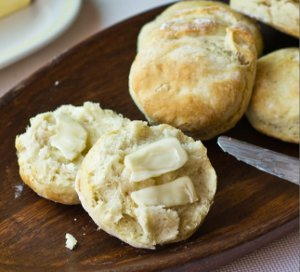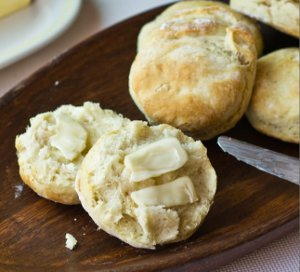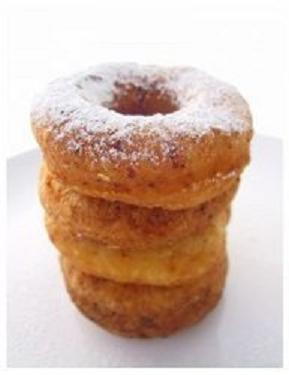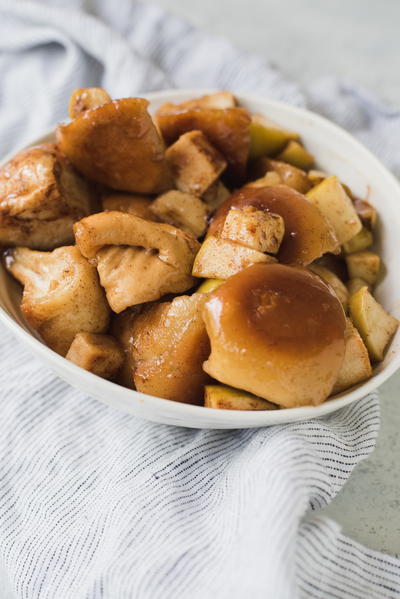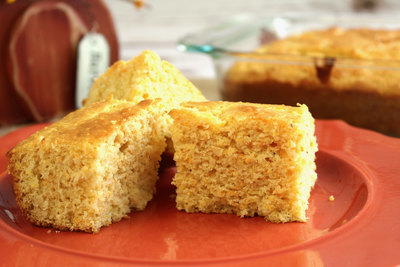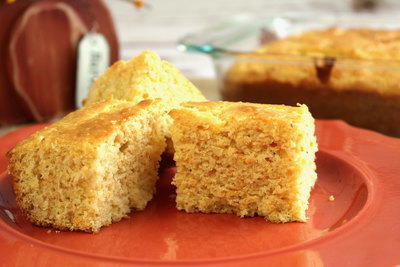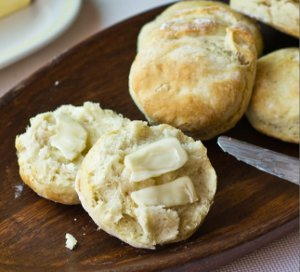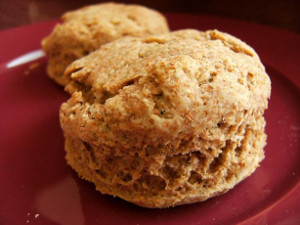German Potato dill Bread
Ingredients
- 1 baking potatoes
- 14 ounces (about 1 3/4 cups) cold water, 55 degrees F
- 9 ounces (about 1 cup) white sourdough starter
- 3 milk powder
- 3/4 raw wheat germ
- 31 ounces (about 8 1/4 cups) unbleached white bread flour
- 3 sea salt
- 4 finely chopped fresh dill
- vegetable oil
Instructions
Two-Day Bread - First Day Preheat the oven to 400 degrees F. Bake the potatoes in the oven directly on a rack for 1 hour. Let them cool slightly. While they are still warm, peel the potatoes and force the pulp through a ricer or strainer. Measure out 10 ounces (about 1 cup) of pulp and place it in a work bowl. Put the pulp in the refrigerator until it is cold. Place water, White Starter, milk powder, wheat germ, flour and potato pulp in the bowl of a mixer fitted with a dough hook. Mix on low speed for 4 minutes. The dough should feel soft and sticky. Can also be mixed by hand. Cover the dough with a proofing cloth and allow it to rest in the bowl about 20 minutes. Add salt and mix on medium speed for 8 more minutes. Add dill and mix on low speed until the herbs are incorporated and the dough reaches an internal temperature of 72 to 74 degrees F, 2 to 3 minutes, The dough will feel slightly sticky but firm and elastic. Remove the dough from the mixing bowl,place it on a lightly floured work surface, and knead it for a few minutes by hand. Clean the mixing bowl and lightly coat it with vegetable oil. Return the dough to the oiled bowl, cover it tightly with plastic wrap, and let it ferment in the refrigerator 9 to 14 hours. Second Day ---------- Remove the dough from the refrigerator and take off the plastic wrap. The dough should feel softer and more relaxed and should have expanded by about half. If it hasn't grown enough, cover the dough with a cloth and set it out at room temperature until it does, 1 to 1 1/2 hours. Cut the dough with a dough cutter into three equal pieces. Slap each piece against the work surface a few times to deflate. Tuck under the edges of each piece, cover the dough with a cloth, and let it rest for 15 minutes. Uncover the dough and round each piece into a boule. Then elongate each boule by placing one hand on top of the other,palms down, in the center of the dough and simultaeously rolling and moulding the dough into a football shape, about 8 inches long. As the dough begins to stretch, gradually spread apart your hands and continue rolling with light, even pressure, moving your hands slowly all the way to the ends of the dough as it tapers. If you are using proofing baskets, invert each oval, smooth side down, into a floured basket. Dust the surface of the dough with flour and cover each basket tightly with plastic wrap. Place the baskets in the refrigerator and let the dough proof for 10 to 14 hours. Preheat the oven to 500 degrees F atl east 1 hour before baking. Remove the dough from the refrigerator. Let the dough continue proofing at room temperature until it reaches an internal tempreature of 60 to 62 degrees F., up to 1 hour. Lightly dust the ovals with flour. Invert one to three loaves, spaced well apart onto a lightly floured baker's peel. Holding a single-edged razor blade at a 45 degree angle, slash the top of the dough, making a gently arching cut just to one side of the centre of the dough. Begin the cut 1 inch away from one tip of the dough: end 1 inch away from th opposite tip. Open the oven door, spritz the oven heavily with water from a spray bottle, then quickly close the door. Open th eoven door again, slide the oval onto the baking tiles and quickly close the door. If you are loading each loaf seapartely, cut, spritz,and load the second and third ovals in the same manner. Reduce the oven termpature to 450 degrees F. Spritz the oven two more times during the next 5 minutes. Rrefrain from opening the oven door for the next 20 minutes. After 20 minutes, check the ovals and rotate them if necessary to ensure evn baking. Continue baking for 10 more minutes, for a total of 35 minutes. Remove the loaves to a cooling rack. The cust should have a deep, rich brown colour and show plenty of good fermentation bubbles. The interior should be soft and chewy, with a good distribution of small and large holes and a distinct aroma of dill.
Read NextAmish Cornbread

